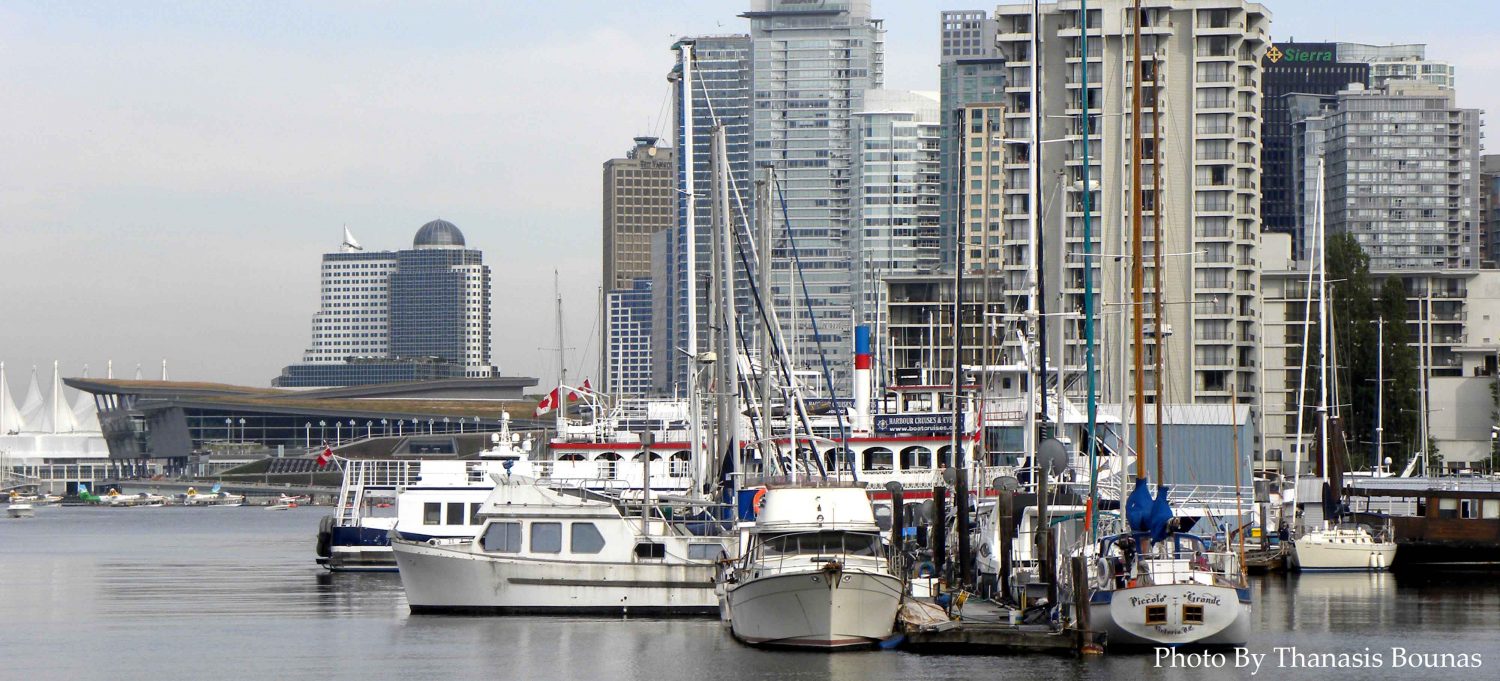
A Coastal Vision Takes Shape
Long before White Rock became a popular seaside destination, there was a dream to connect its scenic shoreline with deeper waters. In the early 1900s, as British Columbia’s population and coastal trade grew, the town of White Rock saw the need for a deep-water dock that could welcome steamships, cargo vessels, and tourists arriving from the U.S. and Vancouver.
Construction of the Pier: The Early Days
The White Rock Pier was officially built in 1914, initially spanning 300 metres into the bay. It served both commercial and passenger purposes:
- Facilitated freight transport and trade during the early 20th century
- Supported a growing tourism industry, especially during the summer months
- Became a hub of activity alongside the Great Northern Railway station, located nearby
Made primarily of wooden pilings and planks, the original pier had a utilitarian look, but its location gave it an almost poetic charm.
Expansion and Renovation Through the Years
Over the decades, the pier was extended and upgraded:
- 1950s–1960s: Repaired and reinforced to handle more visitors
- 1980s: Became a pedestrian-only structure, focused on tourism and recreation
- 2018: A major storm severely damaged the pier, breaking it in half
- The city launched an emergency reconstruction campaign
- Over $5 million was invested in restoration, completed in 2019
Today, the pier stands at 470 metres (1,542 feet) — the longest pier in Canada.

Built to Withstand Time and Tide
The modern pier maintains much of its historic charm but incorporates reinforced materials:
- Heavy timber decking and steel reinforcements
- Environmentally conscious design to reduce impact on marine life
- Engineered to withstand harsh coastal weather, strong currents, and high winds
Its curved shape and nautical lampposts honor its legacy while embracing its future.
A Symbol of Community Resilience
The pier is more than a structure — it’s a symbol of White Rock’s identity. When it was damaged, the local response was immediate and passionate. Residents, donors, and city officials came together to rebuild what had become the heart of the waterfront.
Today, it’s a place for sunset strolls, community gatherings, and reflection. It’s where history meets horizon.
Conclusion
The White Rock Pier is a living story — of vision, weathered wood, and enduring spirit. From its 1914 origins to its 21st-century rebirth, it continues to be a pillar of coastal culture in British Columbia. Visitors don’t just walk it — they walk through history.





Be the first to comment